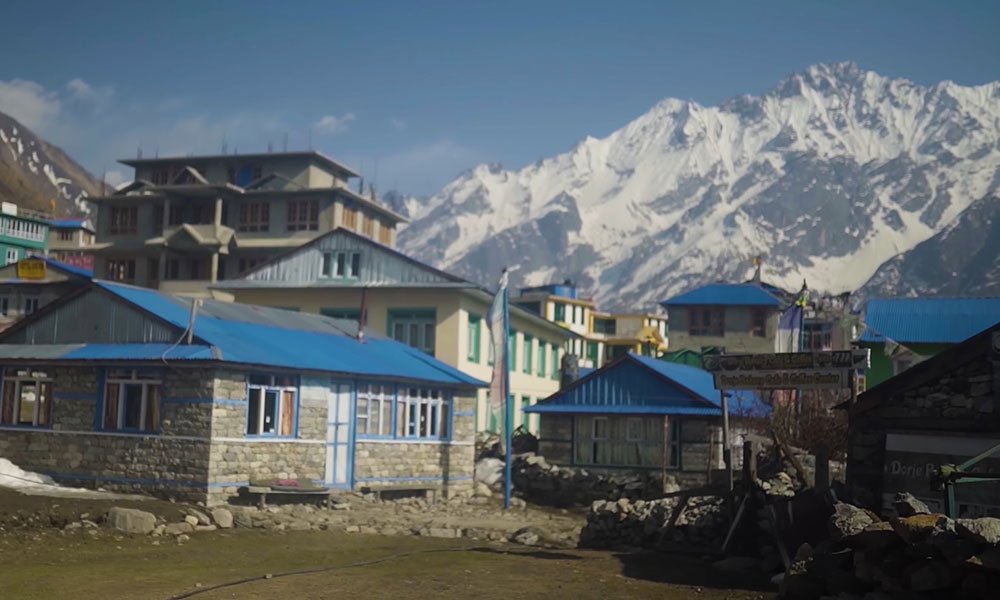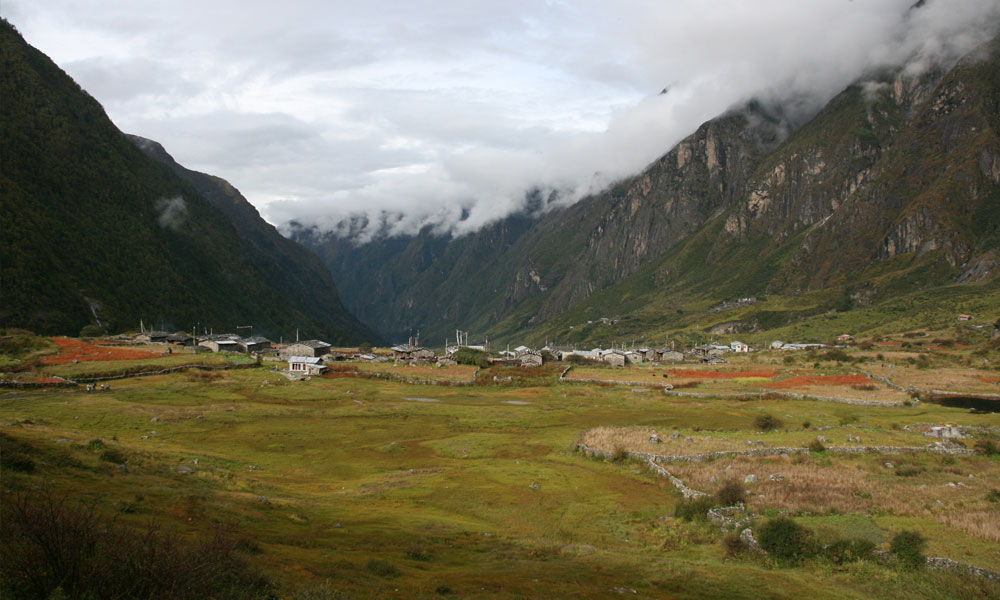Langtang Valley was one of the most destructed places in Nepal during the 2015 Earthquake. The 7.8 Magnitude earthquake changed the region's shape, sweeping all the settlements and costing hundreds of lives and properties. The catastrophic earthquake also cost the lives of more than 9000 people, with thousands more injured. The historical landmarks all came into the ground while the valley's infrastructure was demolished.
Nevertheless, the earthquake's aftermath has shown the positive side, and the development is progressing. The help of NGOs and INGOs like the Himalayan Climate Initiative (HCI Nepal), Sunaulo Sansaar, and aid from the Japanese Government has helped Langtang Valley to stand on its feet.
In this blog, we will discuss the scenario and insights of the Langtang Valley before and after the earthquake. Let’s explore this more in detail.
Understanding Langtang Valley

Langtang Valley is a beautiful valley in Rasuwa District of Nepal, in the northern part of the country's Central Region. It sits at an altitude of 3,430 meters (11,253 feet) above sea level and is one of the major attractions for global tourists.
It lies 80 kilometers north of the Kathmandu Valley, the capital city of Nepal and it shares its border with Tibet, the autonomous province of China.
The Langtang Valley sits within the Langtang National Park, a protected land area established in 1976. It is home to several flora and fauna, including the most endangered animal species like Red Panda, Snow Leopard, Himalayan Tahr, Assam macaque, and more. For the prior information, around 25% of the National Park is a forest area where Oak, Maple, Pine, and various rhododendron species grow. The National Park is also home to 250 species of wild birds that captivate the journey to the Langtang Region.
Most people of Langtang Valley follow Buddhism, with Lord Buddha as their main God. Kyanjin Gompa and other subsidiary chortens and mani walls are all dedicated to Lord Buddha in the valley. They carry a significant value of Buddhism, enriching the large Thangka paintings, prayer flags, chortens, mani walls, and huge statues of Lord Buddha.
Apart from that, the German Cheese Factory in Kyanjin Village is one of the most intriguing attractions in Langtang Valley. As we know, the major occupations of the local people are animal husbandry and agriculture; Yak farming comes to the frontline. The cheese is made from Yak Milk, and the cheese factory from Langtang Village has gained prominence all over the central region of Nepal.
History of Langtang Valley

Langtang Valley is one of the most beautiful and scenic valleys in Nepal. With around 700 years of history, Langtang Valley offers culturally rich entities, naturally gifted sceneries, and a hospitable local environment.
Some believe that the valley is only 300 years old. The major inhabitants of this beautiful valley are the Tamang and Sherpa people. It is said that a group of people from Tibet came and set up their settlements in the Valley around 300 years ago and started their civilization.
According to World Nutrition, people from Tibet came into the northern region of Rasuwa District and found Beyul (hidden valley) of Langtang. Since then, their civilization has flourished to the peak in this region.
It was 1954 when the Southern explorers found Langtang Valley, and the region's getaway to modern tourism flourished. After two decades 1976, Langtang National Park was established to conserve the local flora, fauna, and wildlife of the Rasuwa District. Since the establishment of the National Park and the tendency of tourism activities like Trekking, Mountain Expedition, and Sightseeing, Langtang Valley has attracted thousands of visitors. In 2014, over 100,000 tourists visited Langtang Valley, one of the highest numbers on record.
Langtang Valley Before Earthquake

Before the devastating earthquake of 2015 hit Nepal, life in the Langtang Village was simple. People were engaged in farming and enjoying the traditional lifestyle rich in culture and traditions. People harvested crops like potatoes, barley, and wheat for survival, while animal husbandry and livestock farming were also the most adapted occupations.
It was also before the tragic earthquake that Langtang paced in tourism prospects and became one of the ideal destinations for tourists. Over 100,000 tourists visited the destination in a single year in 2014. Besides agriculture and livestock farming, tourism was the secondary source of income for the local people. People were already attracted to the business of tea houses and guest houses in the Langtang Valley, as more visitors visited the destination each year.
The year 2015 was expected to attract more visitors; however, the massive earthquake changed the whole situation, destroying the village and impacting national tourism.
Langtang Valley After Earthquake

It was a dark day in Nepal on April 25, 2015, when a 7.8-magnitude earthquake hit the country. The devastating earthquake shook the nation, killing 9,000 people and injuring thousands more. Several settlements, towns, and villages were fully destroyed, while major landmarks like Dharahara and others also appeared.
When it comes to the Langtang Valley, it suffered way more worst than anyone could ever imaging. The Langtang Village was 100% destroyed and burned into the ground as the huge hill from the high altitude eroded and swept away the settlements. And the aftershock of the massive earthquake even contributed to the destruction of this village.
But the aftermath of the 2015 earthquake is praiseworthy. The Langtang Valley has stood up on its feet again. The people have worked tirelessly together to rebuild and reshape the valley's infrastructure. The guest houses and the local residences have been rebuilt, and the local people are back in their original agriculture, tourism, and animal husbandry business.
Even in the Langtang Village, numerous households were built after the massive destruction of the 2015 Earthquake. The monasteries and Chortens of this region are also rebuilt, shaping the significance of modern Buddhism and its privilege. The Japanese aid helped renovate Kyanjin Gompa after the massive disaster.
Overall, the lifestyle of the Langtang Village has changed. At the same time, the core tourism insights have budded over the years, thanks to the collaborative effort of the local people, national agencies, and international aid.
You may also like:

